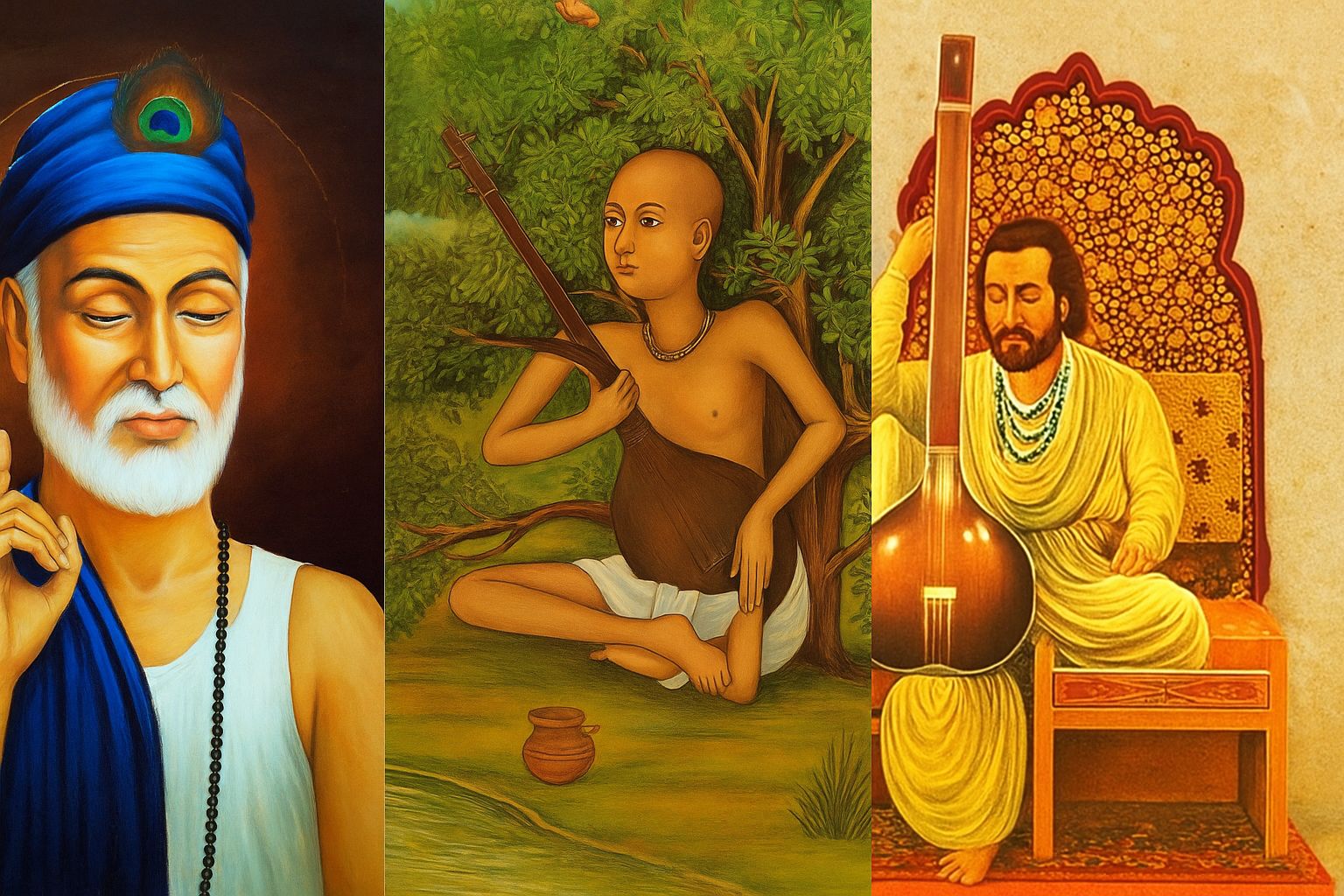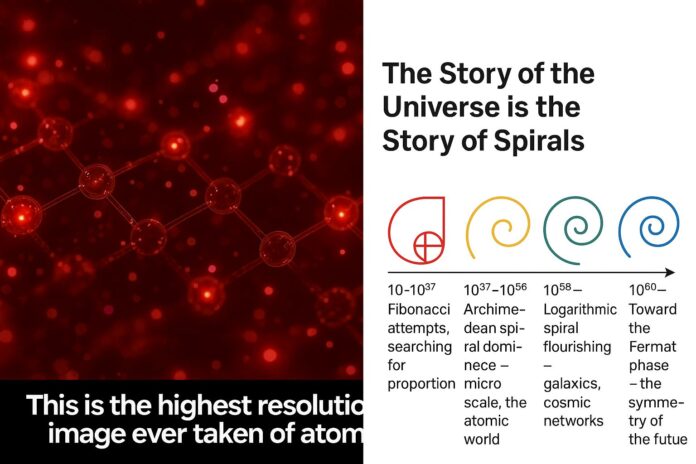Cognitive debt is a subtle but powerful limitation of the human mind. It arises when people cling to narrow perspectives, resisting change and innovation. Like financial debt, it accumulates silently, burdening progress. This “mental mortgage” is most often carried by those who guard tradition too rigidly, equating novelty with danger rather than possibility.
But what if creativity is not pilferage, but bridging—a way of connecting worlds once thought separate?
Tansen and the Science of Resonance
Mian Tansen, one of the greatest musicians in Indian history, embodied the boundless spirit of creativity. He trained under two masters—Mohammad Guff, a Sufi saint, and Pandit Haridas, a Hindu guru. His genius lay not only in his voice but in his imagination. As a child, he mimicked the sounds of animals. As a master, he wielded ragas like forces of nature.
- Raag Megh Malhar could summon rain.
- Raag Deepak could light lamps with sheer intensity of sound.
Without equations, without physics, Tansen tapped into the resonant structure of the universe. His mastery of the tanpura and his recognition in Akbar’s court remind us: music is more than notes; it is a system of recurring patterns, a framework of harmonics that align human breath, atoms, and environment.

Bridging Music and Modern Physics
Fast-forward to modern science. Electron Ptychography, a cutting-edge imaging technique, reveals atoms in motion—spirals, entanglements, harmonic geometries once invisible to the eye. These patterns echo Tansen’s ragas, where repetition (riyaz) etched memory into the body and expanded consciousness.
Imagine if Tansen could have seen atomic spirals as he sang. His breath and voice, already capable of altering the environment, would have been visualised as direct triggers of atomic movement. Would his singing have improved? Perhaps not in technique, but certainly in awareness—a deeper union of physics and art.
This is not pilferage; it is editing and bridging, a spark of interconnectedness. Creativity leads science, even when science later offers validation.
Creativity, Science, and the Debt of Cognition
History shows us similar patterns. Van Gogh’s Starry Night in the 19th century illustrated swirls of turbulence that physics only systematised in the 20th. No peer review, no validation—only vision. Creativity was the precursor.
Today, AI is both admired and resisted. Tools like ChatGPT or autocorrection free us from mundane effort, yet they also risk dulling our mental sharpness. If misused, they can accelerate cognitive debt, amplifying degenerative tendencies and slowing human cognitive evolution.
But initial resistance often gives way to harmony. Just as Tansen’s raagas reconciled storm and fire, creativity and science continue their eternal dance—sometimes one leads, sometimes the other follows.
Breaking Free of the Debt
Cognitive debt is not destiny. It is a warning: that resistance to creativity breeds stagnation. By embracing interconnectedness—whether between Tansen’s ragas and quantum imaging, or Van Gogh’s swirls and turbulence equations—we remind ourselves that innovation is never theft. It is bridging.
The show must go on. Creativity will continue to spark science, and science will, in turn, refine and validate creativity. Harmony, not debt, is the path forward.



